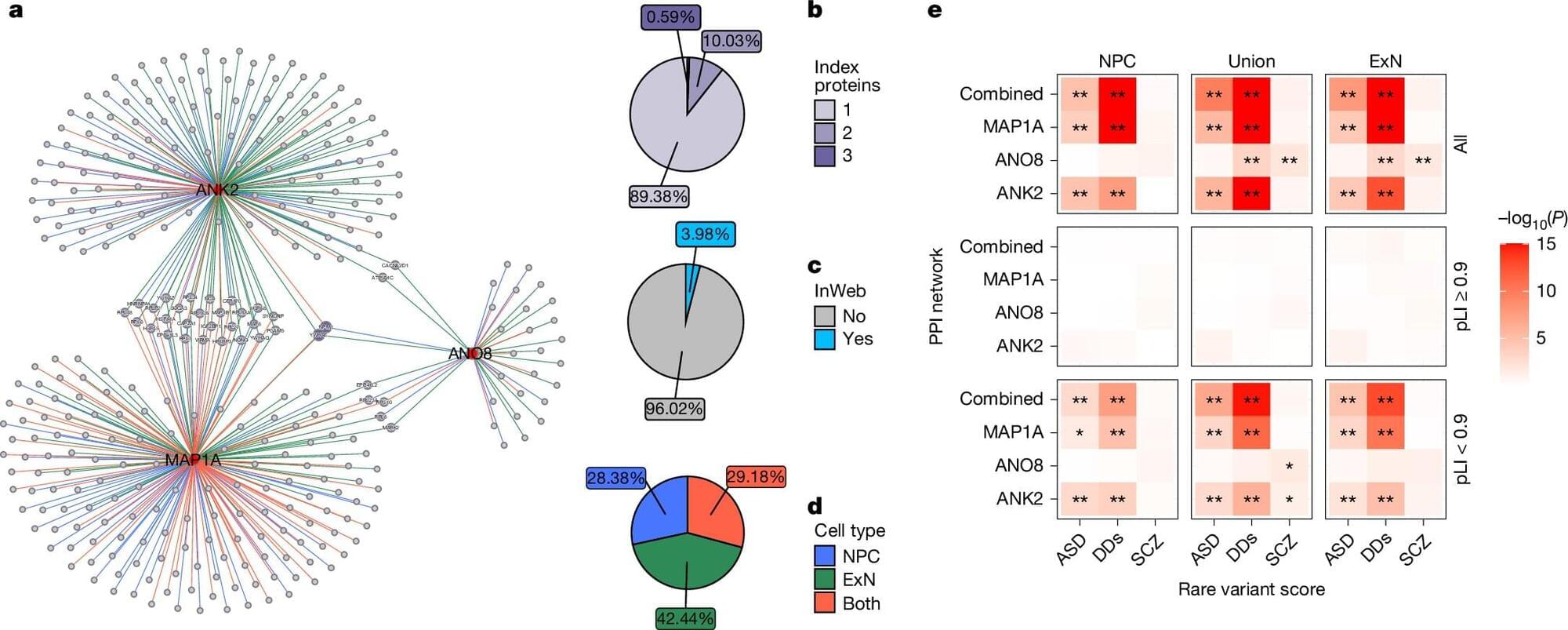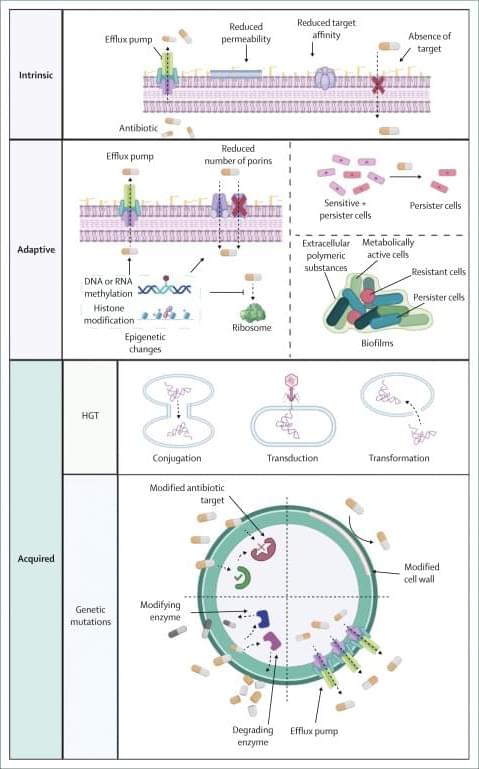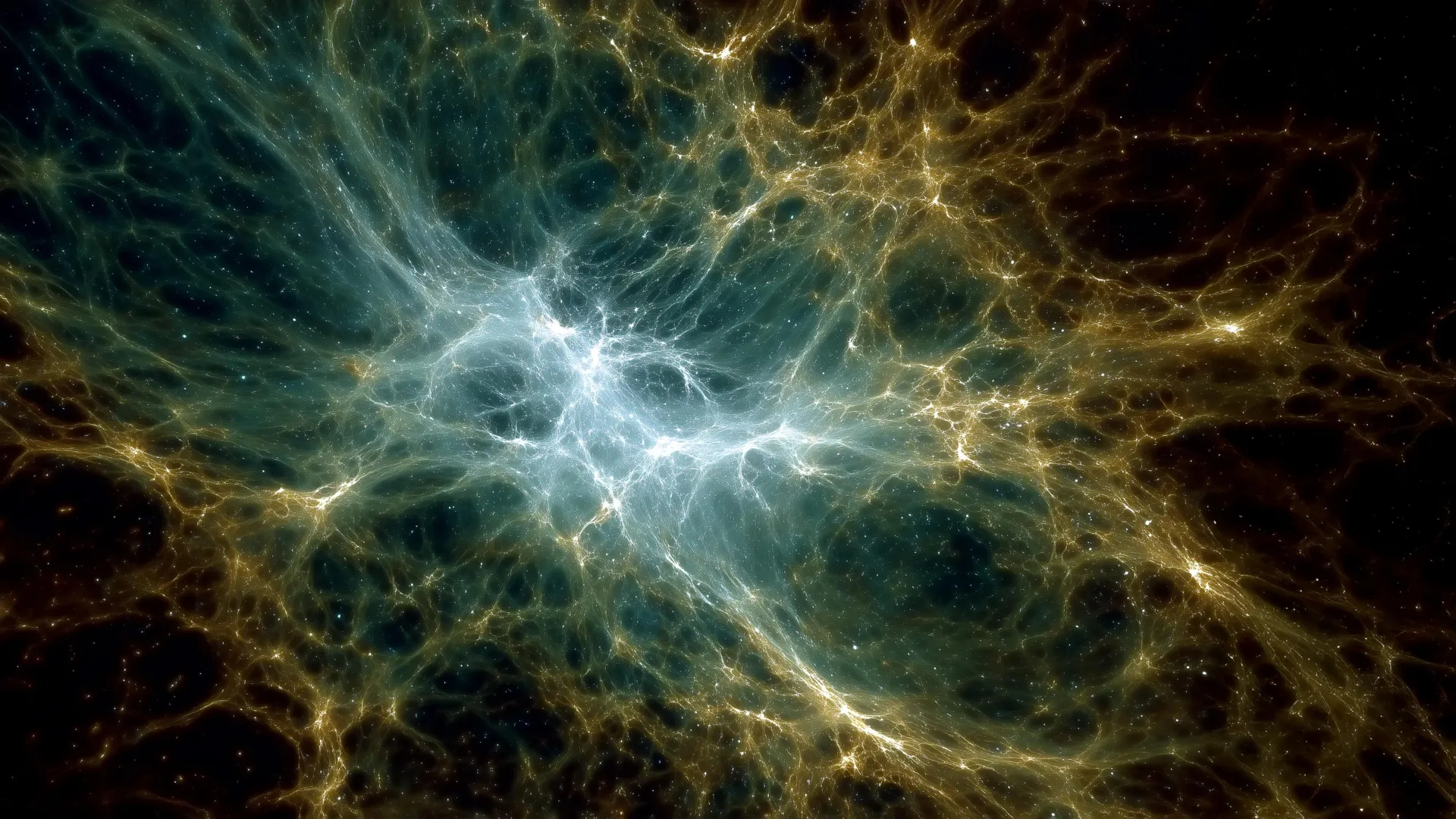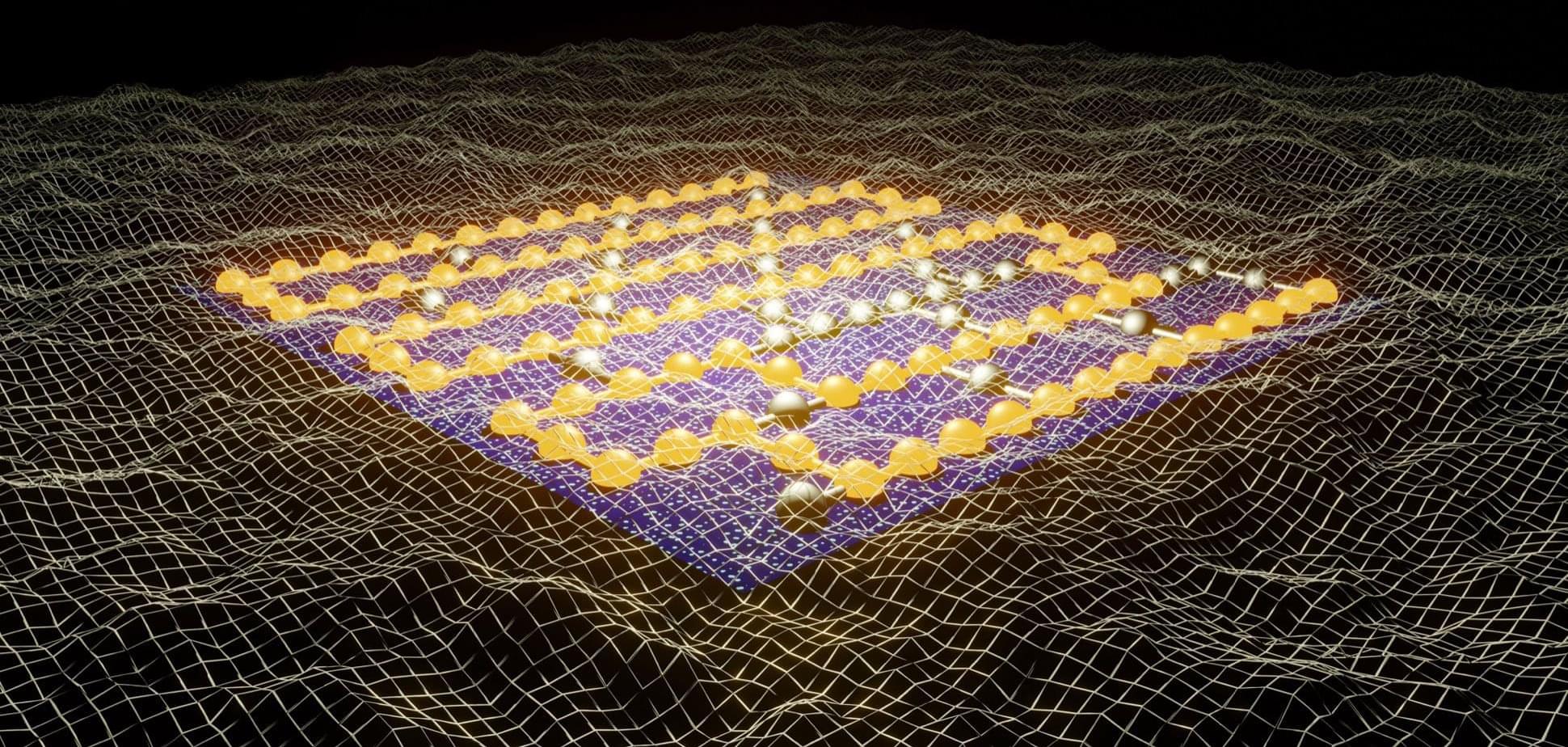A new MIT system identifies the smallest possible dataset that can be used to optimally solve a complex problem with many potential solutions. This technique could help engineers or scientists solve problems faster and with less expense.



ADHD is a neurodevelopmental disorder with a high heritability, in which the genetic component consists of thousands of genetic variants. Most variants only slightly increase the likelihood of receiving the diagnosis. Now an international study led by researchers from iPSYCH at Aarhus University has shown that rare high-effect genetic variants also play an important role.
The study has been published in Nature, and the researchers have found a markedly increased likelihood of developing ADHD among individuals carrying rare variants in three genes—MAP1A, ANO8 and ANK2—in some cases by up to 15 times.
These genetic variants are very rare, but when present, the study shows that they strongly affect genes expressed in the brain’s nerve cells. In individuals carrying these variants, the development and communication between nerve cells may therefore be disrupted, which can result in ADHD.

For decades—yes, literally decades—it has been easy to dismiss Blue Origin as a company brimming with potential but rarely producing much of consequence.
But last week the company took a tremendous stride forward, not just launching its second orbital rocket, but subsequently landing the booster on a barge named Jacklyn. It now seems clear that Blue Origin is in the midst of a transition from sleeping giant to force to be reckoned with…
…Limp said success on New Glenn’s second flight would set the company up for a significant increase in cadence. The company is building enough hardware for “well above” a dozen flights in 2026, with the upper-end limit of 24 launches. The pacing item is second stages. Right now Blue Origin can build one per month, but the production rate is increasing.”
“There’s never been such a high demand for launch as there is right now.”
Pre-order LymeChart: https://LymeChart.ai/?utm_term=ryan5
(LymeChart is a product of linkaChart Medical)
Neura Pod is a series covering topics related to Neuralink, Inc. Topics such as brain-machine interfaces, brain injuries, and artificial intelligence will be explored. Host Ryan Tanaka synthesizes information, shares the latest updates, and conducts interviews to easily learn about Neuralink and its future.
Sign up for Neuralink’s Patient Registry: https://neuralink.com/trials/
Join the Neuralink team: https://neuralink.com/careers/
X: https://www.x.com/ryantanaka3/
Support: https://www.patreon.com/neurapod/


Antimicrobial resistance (AMR) is a serious threat to global public health, with approximately 5 million deaths associated with bacterial AMR in 2019. Tackling AMR requires a multifaceted and cohesive approach that ranges from increased understanding of mechanisms and drivers at the individual and population levels, AMR surveillance, antimicrobial stewardship, improved infection prevention and control measures, and strengthened global policies and funding to development of novel antimicrobial therapeutic strategies.

Dark energy may be alive and changing, reshaping the cosmos in ways we’re only beginning to uncover. New supercomputer simulations hint that dark energy might be dynamic, not constant, subtly reshaping the Universe’s structure. The findings align with recent DESI observations, offering the strongest evidence yet for an evolving cosmic force.
Since the early 20th century, scientists have gathered convincing evidence that the Universe is expanding — and that this expansion is accelerating. The force responsible for this acceleration is called dark energy, a mysterious property of spacetime thought to push galaxies apart. For decades, the prevailing cosmological model, known as Lambda Cold Dark Matter (ΛCDM), has assumed that dark energy remains constant throughout cosmic history. This simple but powerful assumption has been the foundation of modern cosmology. Yet, it leaves one key question unresolved: what if dark energy changes over time instead of remaining fixed?
Recent observations have started to challenge this long-held view. Data from the Dark Energy Spectroscopic Instrument (DESI) — an advanced project that maps the distribution of galaxies across the Universe — suggests the possibility of a dynamic dark energy (DDE) component. Such a finding would mark a significant shift from the standard ΛCDM model. While this points to a more intricate and evolving cosmic story, it also exposes a major gap in understanding: how a time-dependent dark energy might shape the formation and growth of cosmic structures remains unclear.

